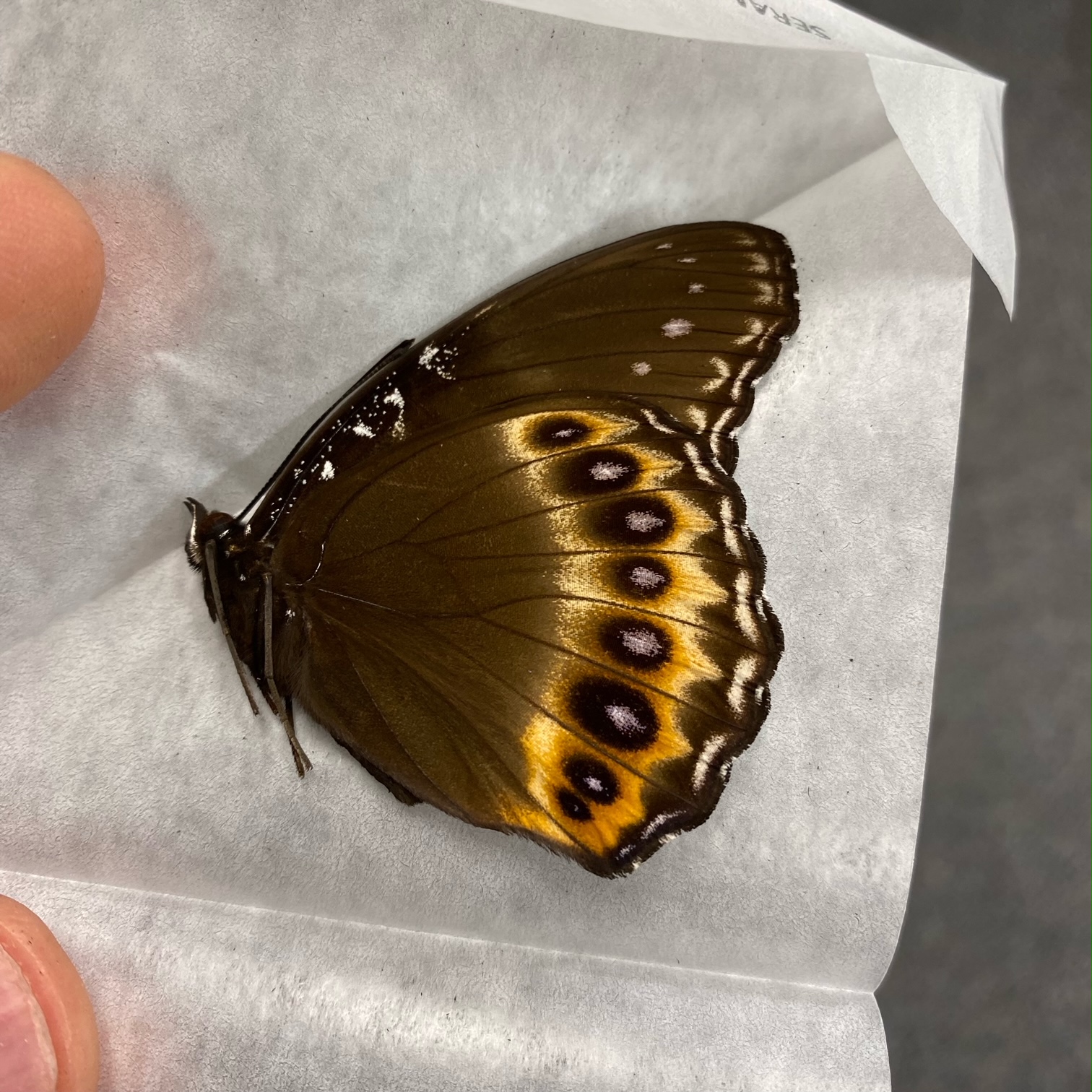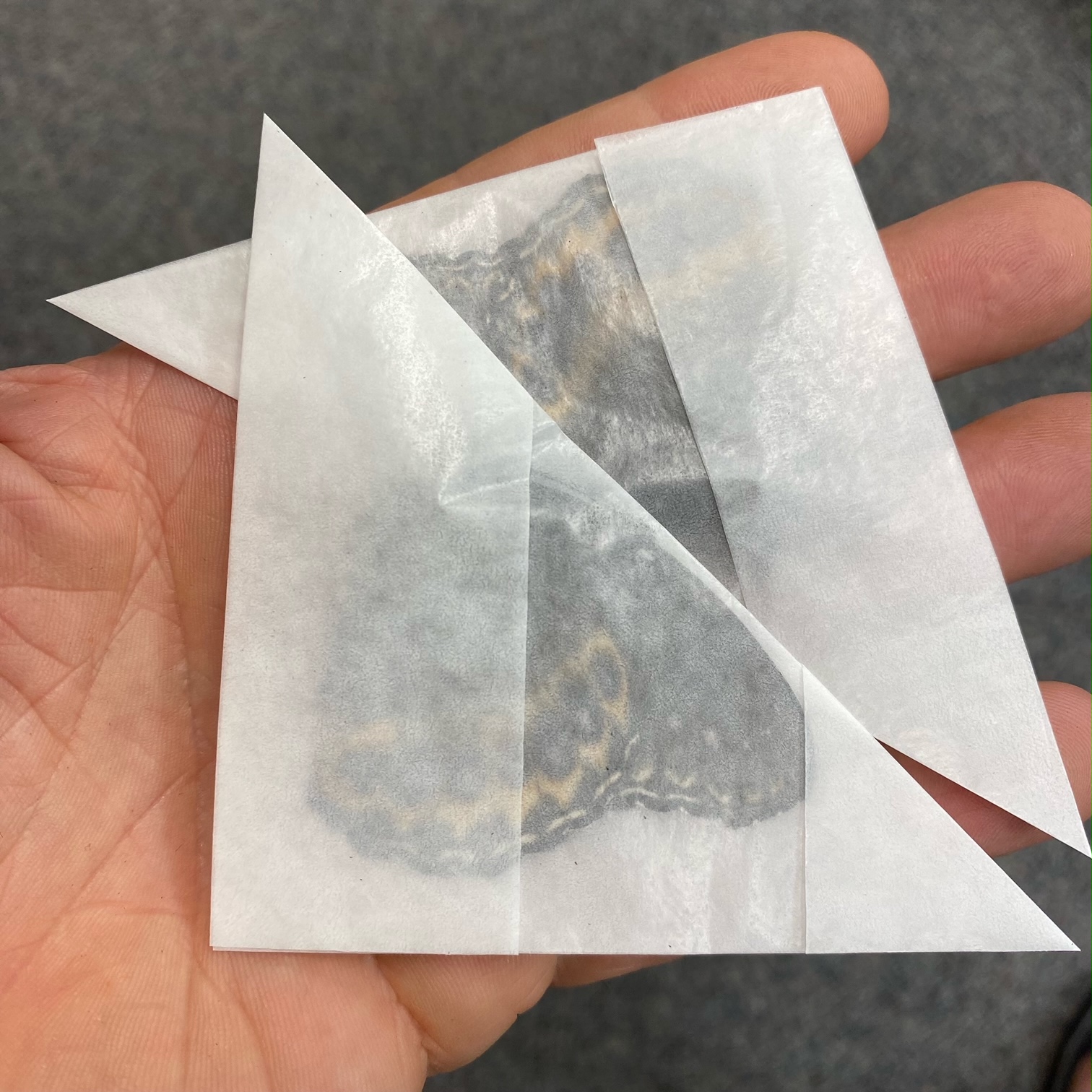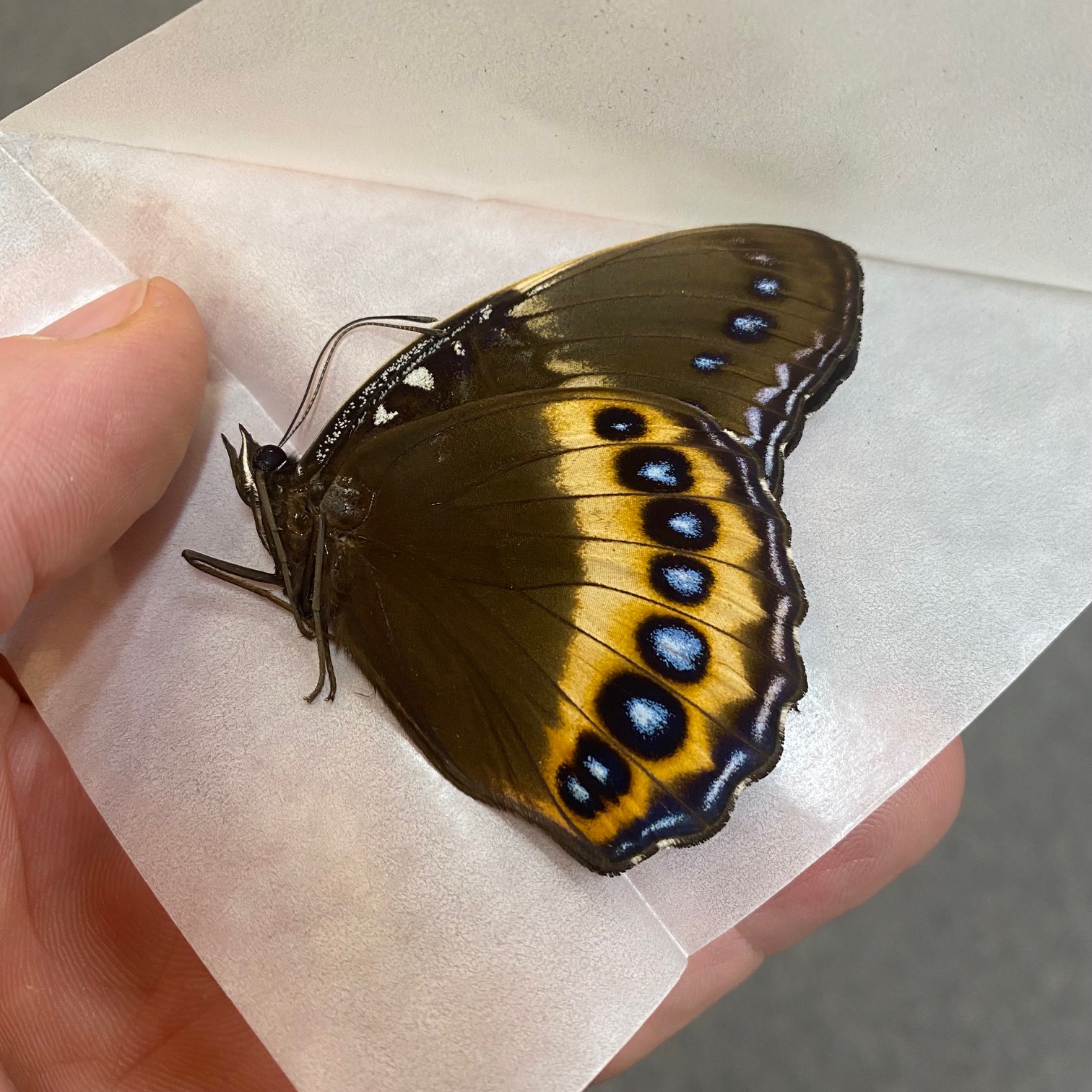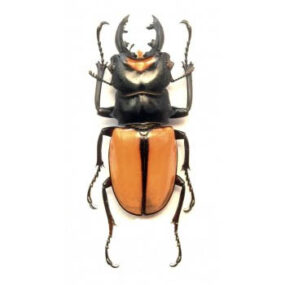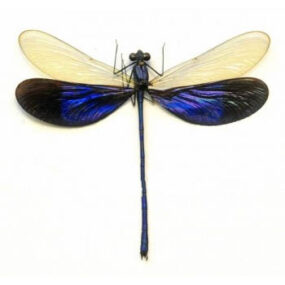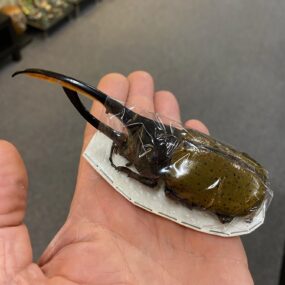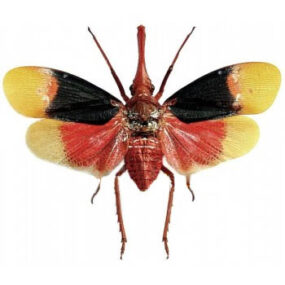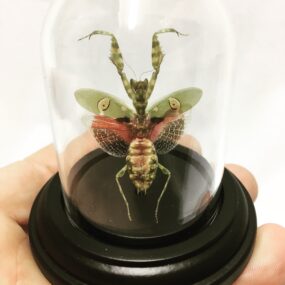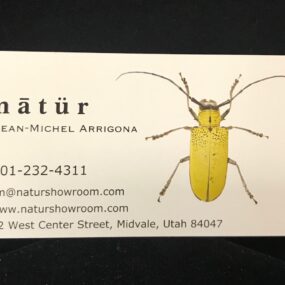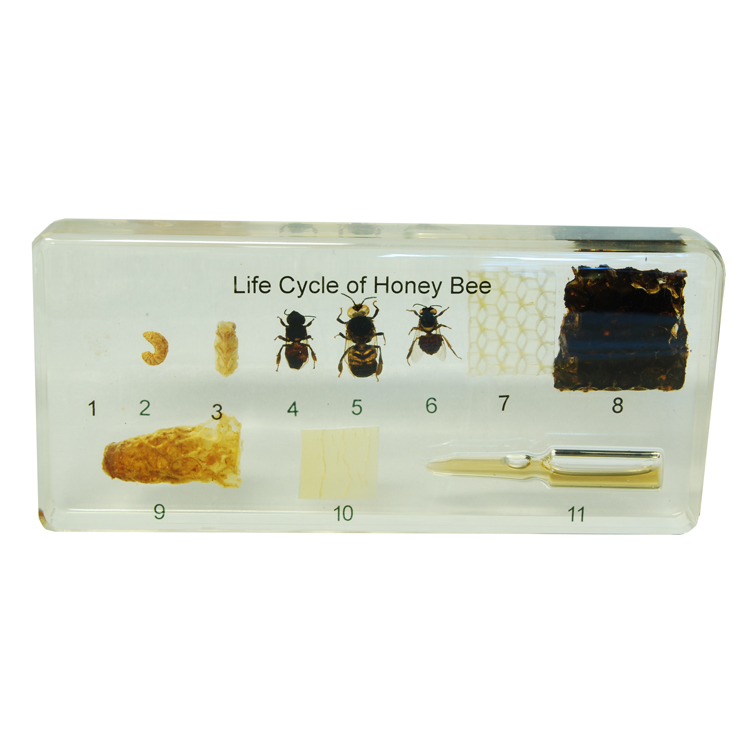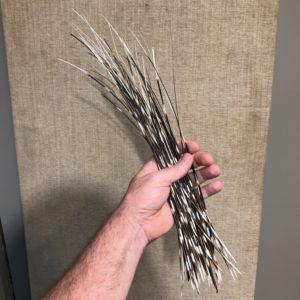Description
Hypolimnas pandarus pandarus, Butterfly specimen.
You will receive this specimen, or one like it.
These specimens come from Indonesia.
The male tends to have some purple and orange on the topside, while the female tends to have oranges and yellows on the topside. Underside (verso) tends to be somewhat similar in both sexes, although the male tends to look darker than the female overall.
Hypolimnas pandarus can reach a wingspan of about 80 mm (3.1 in). In males, the forewings are dark brown, usually with a few white, yellow or blue spots, depending on the subspecies, while the female has a band across the upper wings either creamy white or pale rufous. The posterior margin of the hindwings is deeply scalloped and shows a broad rufous-orange band, with several brown or black oval spots. In some subspecies is also present a pink purple patch.
The **Hypolimnas** genus is a fascinating group of butterflies within the *Nymphalidae* family, known for their striking and often bold wing patterns. These butterflies are part of the subfamily *Heliconiinae* and are primarily found in tropical and subtropical regions of Africa, Asia, and the Pacific islands. Members of the *Hypolimnas* genus are well-known for their vivid colorations, intricate patterns, and interesting behaviors, making them a subject of interest for entomologists and butterfly enthusiasts alike.
### **Key Features of the Hypolimnas Genus**
1. **Distinctive Appearance:**
Butterflies in the *Hypolimnas* genus typically have large, robust bodies and wide wings. Their wing patterns are usually bold and often involve dark backgrounds with white, yellow, or orange markings. Many species exhibit **sexual dimorphism**, where males and females differ in color or pattern, though both sexes are often highly attractive.
2. **Coloration and Markings:**
The coloration of *Hypolimnas* butterflies is highly variable across species. Commonly, males have more vivid colors or larger, more pronounced spots than females. Some species in the genus also display mimetic patterns, allowing them to resemble other butterflies or even unpalatable species to avoid predation. The use of mimicry is an effective defense strategy for many *Hypolimnas* species.
3. **Habitat and Distribution:**
The *Hypolimnas* genus has a wide distribution, ranging across parts of Africa, South and Southeast Asia, and the Pacific islands. They are typically found in forests, forest edges, and open woodlands, where they can access their primary food sources, such as nectar from flowering plants. Some species also inhabit disturbed habitats like gardens or agricultural areas.
4. **Feeding and Behavior:**
As with many butterflies, the adults primarily feed on nectar from various flowers. Their strong flight and large size make them powerful fliers, though they are often seen gliding gracefully in search of food. Some species of *Hypolimnas* are also known to feed on rotting fruit or damp soil to obtain minerals, a behavior that is common among many larger butterflies.
5. **Life Cycle:**
Like most butterflies, *Hypolimnas* species go through a complete metamorphosis, starting as eggs laid on host plants, then developing into larvae (caterpillars), pupa (chrysalides), and finally emerging as adults. The larvae of *Hypolimnas* butterflies often feed on the leaves of various plants, which may include species from the *Passifloraceae* (passionflower) family, among others.
### **Notable Species of the Hypolimnas Genus**
1. **Hypolimnas bolina** (The **Blue Moon** Butterfly):
– One of the most famous species in this genus, *Hypolimnas bolina* is a large butterfly known for its distinctive blue and white pattern. It is found across Southeast Asia, including the Philippines, Indonesia, and Malaysia. The male has a striking metallic blue color on its wings, which contrasts sharply with its black borders.
2. **Hypolimnas pandarus** (The **Pandarus Eggfly**):
– This species, commonly referred to as the **Pandarus Eggfly**, is found in Southeast Asia, particularly Indonesia. It is easily recognizable by its bold black and white wing patterns, with males displaying more distinct white markings compared to females. The **Pandarus Eggfly** is known for its mimicry behavior, resembling other butterflies to avoid predation.
3. **Hypolimnas misippus** (The **Juno Eggfly**):
– Another well-known species, the **Juno Eggfly** (*Hypolimnas misippus*), is found in parts of Asia and Africa. It has a similar black-and-white pattern with some orange on the hindwings. Like *Hypolimnas pandarus*, it is also known for its mimicry, resembling other species to deter predators.
4. **Hypolimnas bolina var. grandis**:
– This variety of *Hypolimnas bolina* is known for its larger size and more vivid coloration. It is often found in the Pacific islands, where it is a striking sight in tropical gardens.
### **Ecology and Conservation**
Most *Hypolimnas* species are not currently threatened and have relatively stable populations. However, like many butterflies, they are sensitive to habitat loss due to deforestation and changes in land use. As a result, conservation of their natural habitats—tropical forests and forest edges—is important for maintaining their populations. Some species may face more significant threats in specific regions, particularly due to urbanization and agricultural expansion.
### **Interesting Facts**
– **Mimicry**: Some species of *Hypolimnas*, like *Hypolimnas misippus*, engage in **Batesian mimicry**, where they resemble other butterflies that are unpalatable or toxic to predators. This strategy helps reduce the chances of being eaten by birds and other predators.
– **Pollinators**: Like many butterflies, *Hypolimnas* species contribute to the pollination of various plants, helping to maintain the biodiversity of their ecosystems.
—
Overall, the **Hypolimnas** genus includes some of the most fascinating butterflies in terms of their appearance, behaviors, and ecological roles. Whether you’re captivated by their mimicry, their graceful flight, or their brilliant color patterns, these butterflies remain an essential part of tropical ecosystems.
Neorina crishna crishna, Tailed yellow Owl Butterfly specimen


